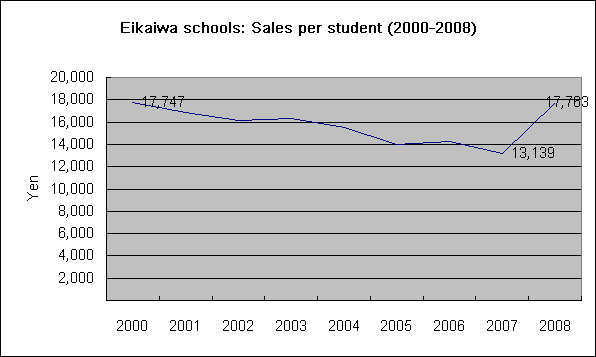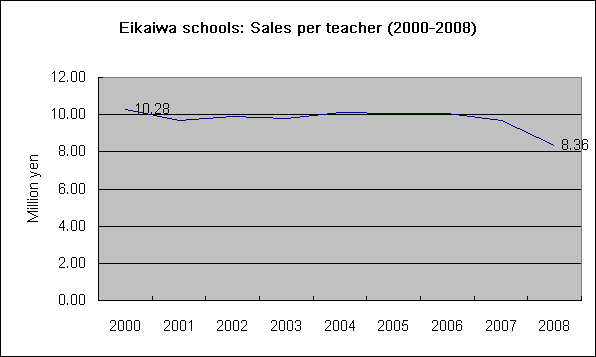The Financial Times’ David Pilling interviewed Dignity of a Nation author Masahiko Fujiwara (see Marxy’s epic summary of (battle with?) the book here) back in March of last year. I realize this is old but there were some juicy elements that are worth repeating, particularly on the topic of foreign correspondents.
The article, part of an FT series in which reporters have a casual conversation with opinion-makers over a gourmet lunch (here‘s what I wrote about another entry), begins with Fujiwara laying out his thesis more or less by rote as various course arrive. Here are his main comments with the food talk edited out (emphasis mine):
The “notorious” Masahiko Fujiwara – his word not mine – is the talk of Tokyo. His slim volume has sold more than 2 million copies in Japan, trumped only by the latest Harry Potter. That is not bad for a book – written by a mathematician-turned-social commentator – whose themes are rather more heavygoing than Hogwarts: the limits of western logic, why Japan should return to samurai values, and the unique sensitivity of Japanese to nature.
…
“Japan used to despise money, just like English gentlemen,” he says. “But after the war, under American influence, we concentrated on prosperity.”
…
[Soon,] Fujiwara is talking about bushido, the chivalrous samurai code whose essence, he says, is being lost. “When bushido started in the 12th century it was swordsmanship. Since there were no wars in the 260 years of the Edo era, that swordsmanship became a kind of value system: sensitivity to the poor and to the weak, benevolence, sincerity, diligence, patience, courage, justice.”
…
The model of liberal democracy that Japan inherited is flawed, Fujiwara says. As well as putting faith in unreliable masses – he prefers a cool-headed elite – it overemphasises rationality. “You really need something more. You might say that Christianity is one such thing. But for us Japanese, we don’t have a religion such as Christianity or Islam, so we need to have something else: deep emotion.”
…
… Fujiwara continues. “I am against market fundamentalism. It might be a very fair contest. But being fair is just a logical concept. It doesn’t mean much. It means being against weaker people, against less talented people. This gets on my nerves,” he concludes, the final flourish presumably emotional rejection rather than logical refutation.
“Take hostile takeovers. That might be very logical and legal but it’s not a very honourable thing for us Japanese.”
Japan’s slide into militarism can be traced to its abandonment of an honour code. “We became very arrogant. We wanted to become president of Asia, so we invaded one country after another. We lost our senses.
“I always say Japan should be extraordinary; it should not be an ordinary country. We became a normal country, just like other big nations. That’s all right for them. But we have to be isolated, especially mentally.”
Despite Pilling’s claim at the end, “Our conversation has been robust, but entirely friendly,” hints of a somewhat heated exchange emerge toward the final third of the article, as the two apparently ignore their lunches:
“I always say Japan should be extraordinary; it should not be an ordinary country. We became a normal country, just like other big nations. That’s all right for them. But we have to be isolated, especially mentally.”
Indeed, the social stability of Edo Japan, so admired by Fujiwara, came at the price of almost total isolation from the outside world. The downside was that, rather than adapting to the threat of the west, it imploded, ditching feudalism overnight and embracing an approximation of western parliamentary democracy. Besides, is his version of the samurai system credible? Wasn’t the reality a stratified society, with downtrodden peasants and a sword-wielding aristocracy exerting arbitrary power?
“There were very poor peasants and feudalism, but there were many good points too. We should look at both sides. In some senses it was horrible, but in many senses it was much nicer than now,” he says, taking a middle path rarely trodden in his inflammatory book.
…
The Japanese do indeed have a genius for making things beautiful, though they have done less well with nature, which they ransacked in the second half of the 20th century. His section on Japan’s unique sensitivity to nature provoked particularly heavy scribbling in the margins of my copy of his book.
…
“When we listen to that music we hear the sorrow of autumn because winter is coming,” he tells me. “The summer is gone. Every Japanese feels that. And, at the same time, we feel the sorrow of our life, our very temporary short life.”
The “music” Japanese people hear is surely a cultural construct, I counter. It has come to represent mononoaware, the pathos of a fleeting life epitomised by the short-lived cherry blossom, which Fujiwara contrasts with westerners’ preference for the thick-petalled rose. But don’t Japanese people make these connections because their poets and philosophers have told them to, just as the English hear summer and the village green in what to the average Japanese might sound like the mere knocking of a ball against a cricket bat?
Fujiwara cedes some ground, but is ultimately unrepentant. “One professor of a Tokyo university, using some electronic apparatus, concluded that all Japanese listen to insects as music because we listen with the right hemisphere of our brain and westerners listen with the left hemisphere.”
We are deep in nihonjinron territory here. Yet in spite of his pride in things Japanese, some of his warmest words are reserved for Britain. Does he have a sneaking regard for the place, despite its penchant for roses, logic and outsize tea cups?
After Marxy went through the entire book and summarized it almost page by page, I believe his conclusion was “these arguments are kinda retarded.” And of course they are, but they are the sort of feelgood tropes, typical of anywhere in the world, that might not make much sense but nonetheless offer a soothing tribalistic pride.
And while you can tell that Pilling looks down on arguments that reach “nihonjinron territory” I remain impressed by his approach if saddened that he chose such an unworthy subject. He took the time to sit down with one of the most impactful thinkers of the Abe era (it was short-lived, but there was a time when this was the unofficial intellectual force behind the “beautiful Japan” movement, such as it was) and did not merely act as a stenographer but engaged the subject and tried to put his words in context. Not a lot of questions were answered, and Pilling doesn’t exactly exude an air of expertise or that all-important journalistic trait of “savviness,” but the readers certainly benefitted from the exchange.
 Oddly, the sales per student bounced back in 2008 to more than the figure in 2000! Either there is some sort of time lag or carry-over effect in the data (receipts do not accurately reflect the student numbers given for the same year) or the schools found some way to boost the sales per student, though apparently not improving sales per teacher.
Oddly, the sales per student bounced back in 2008 to more than the figure in 2000! Either there is some sort of time lag or carry-over effect in the data (receipts do not accurately reflect the student numbers given for the same year) or the schools found some way to boost the sales per student, though apparently not improving sales per teacher.


